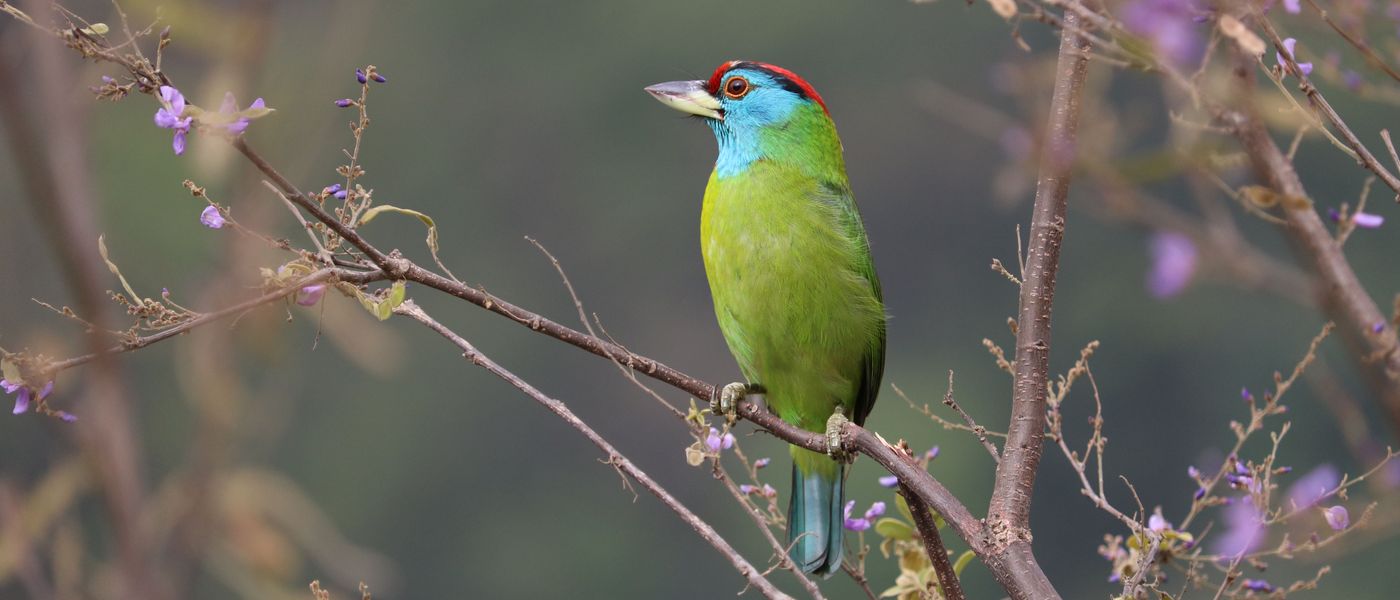The tiny himalayan nation with an area of 38,394 km2 lies nestled between two Asian Giants, China to the north and India to the south, east and west. Globally there are 34 biodiversity hot spots in total. Among these biodiversity hotspots, the Eastern Himalayan biodiversity hot spot is one of the richest in the world spanning over around 750,000 km2 covering Nepal, Bhutan, India and Myanmar. Among these countries Bhutan has 70.46% of forest cover and her constitution mandates to maintain 60% of the total area under forest cover for all times to come. 42.7% of the total land area is covered under 10 protected areas comprising of 5 national parks, 4 wildlife sanctuaries and a strict nature reserve.
Environmental conservation has always been a priority in the development policies of the country supplemented by the strong concern for the environment which is embedded into the rich socio-cultural lives of the Bhutanese and the traditional beliefs. Buddhism is the state religion which focuses on non-violence and discourages the harm to every living beings. Environmental conservation is one of the four pillars of the Bhutanese developmental philosophy of Gross National Happiness which was first propounded by the fourth King of Bhutan.
Bhutan can be divided into three broad physiographic zones. The southern foothills forms a narrow belt from around 200m to 2000 m. The inner Himalayan belt lies from 2000m to 4000m and the Greater himalayas form the contiguous belt along the northern border above 4000m. The wide altitude variation within around 170km from the south to the north and the rugged and mountainous landscape have given birth to a diverse ecosystem in the country. The tiny country sits within two major biogeographic realms.
As per the Biodiversity Statistics of Bhutan 2017, a total of 11,248 species have been recorded from Bhutan. This can be broken down to 5114 species of animals, 5369 species of plants, 690 species of fungi, 55 species of Chromista, 18 species of Eubacteria, 2 Protists. Though the country harbors a variety of native agro-biodiversity as of now only 55 species are recorded.
Wild Species Diversity




